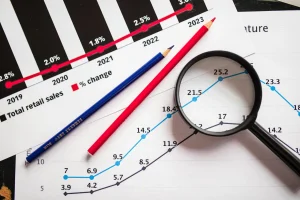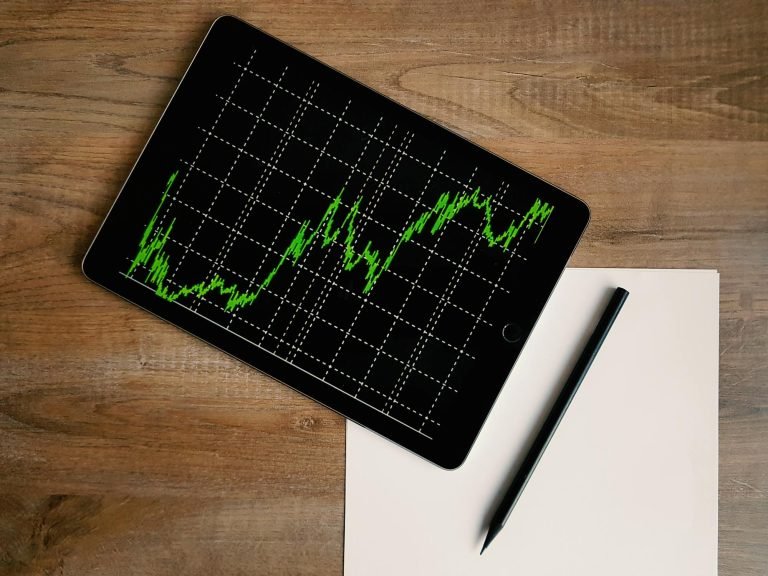However, as we progress through 2025, the landscape is evolving, presenting both challenges and opportunities for investors.
Economic Pressures and Market Dynamics
Global economic factors, including inflationary pressures and shifting consumer behaviors, have impacted the CPG sector. Companies are facing increased costs due to supply chain disruptions and raw material shortages. For instance, major players like Procter & Gamble and PepsiCo have adjusted their financial forecasts, citing these challenges.
Strategic Investment Approaches
Despite these headwinds, analysts suggest a cautious yet optimistic approach to investing in FMCG stocks. Sandip Sabharwal, a prominent market expert, advocates for a ‘nibble and buy’ strategy, emphasizing the long-term value of these stocks. He notes that FMCG companies rarely issue new equity, making them attractive during periods of positive news flow .

Sector Resilience and Consumer Behavior
The CPG sector’s resilience is underscored by its ability to adapt to changing consumer preferences. There’s a growing demand for health-conscious and sustainable products, prompting companies to innovate and diversify their offerings. Additionally, the shift towards e-commerce and direct-to-consumer models is reshaping the retail landscape, providing new avenues for growth.
A Balanced Perspective
While the CPG sector faces challenges in 2025, its foundational strengths and adaptability offer promising prospects for investors. By adopting a strategic investment approach and focusing on companies that demonstrate innovation and resilience, investors can navigate the complexities of the market and capitalize on long-term opportunities.
Source: Sandip Sabharwal’s Market Insights, Economic Times, December 9, 2024



 Share your Details for subscribe
Share your Details for subscribe